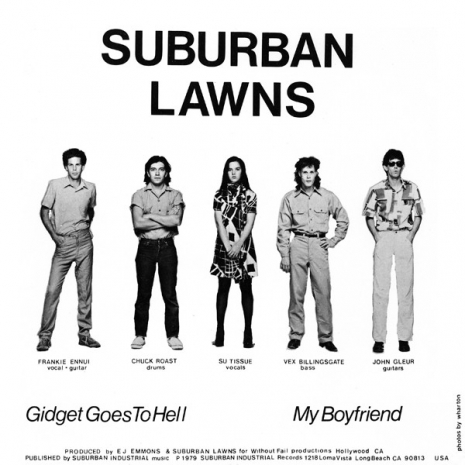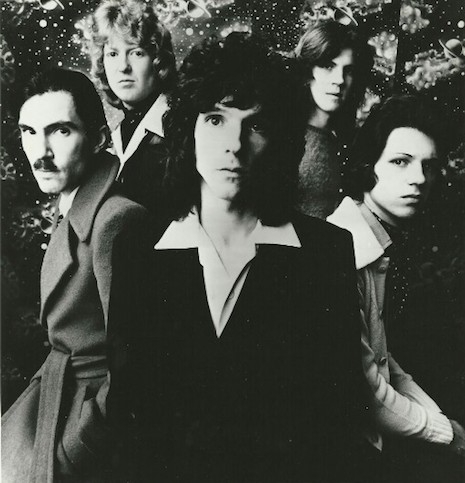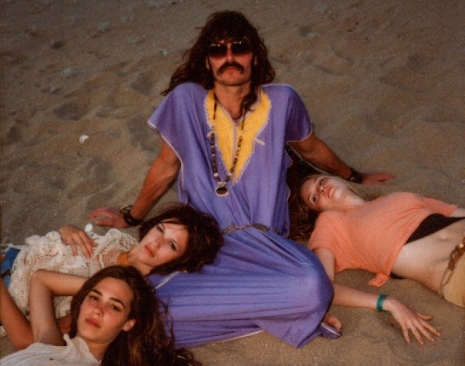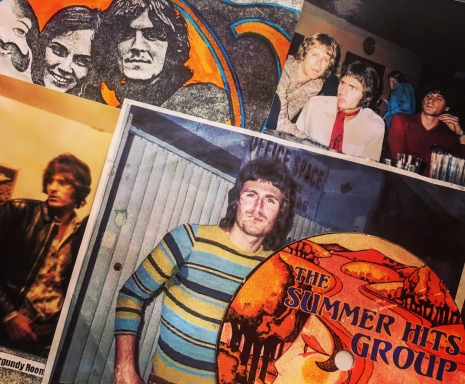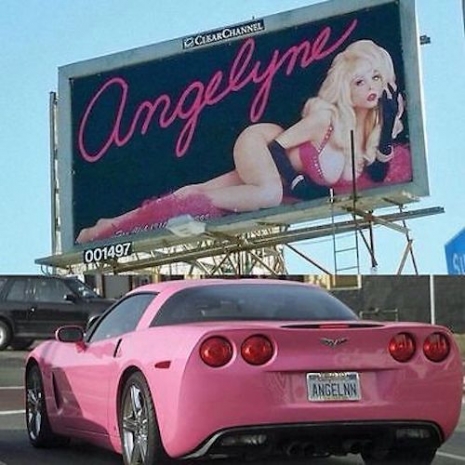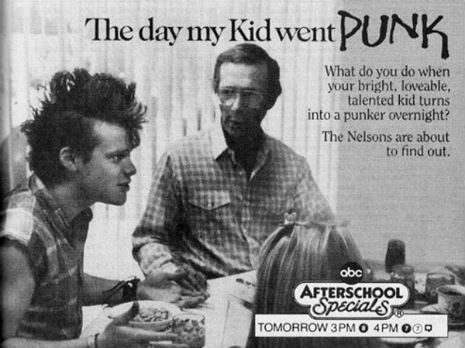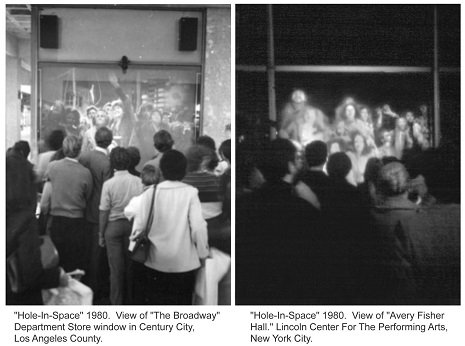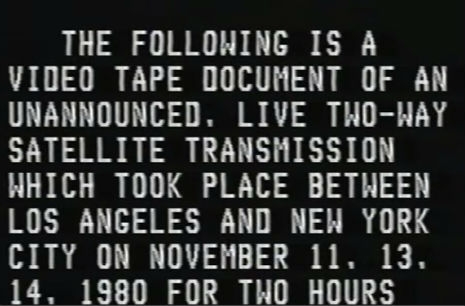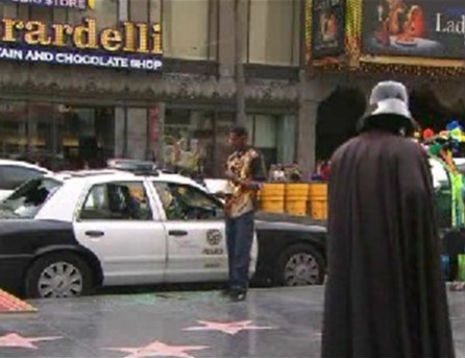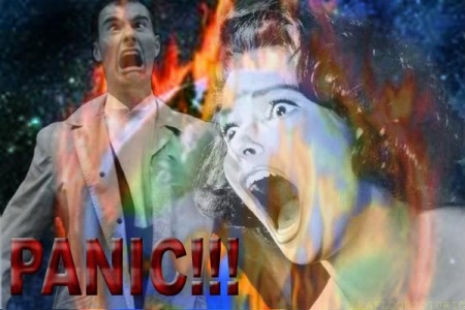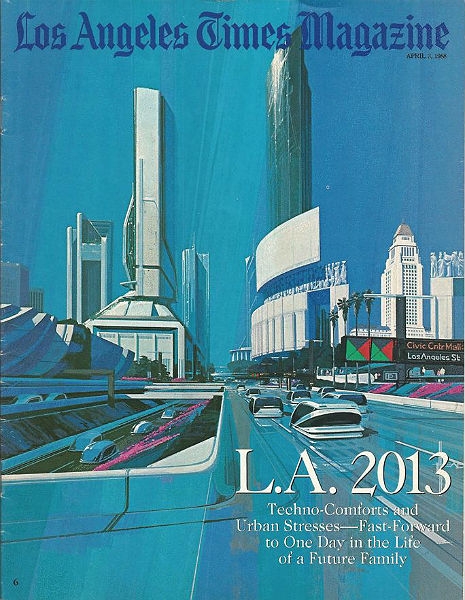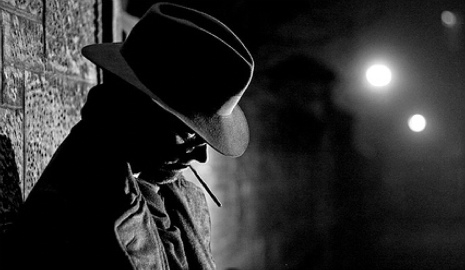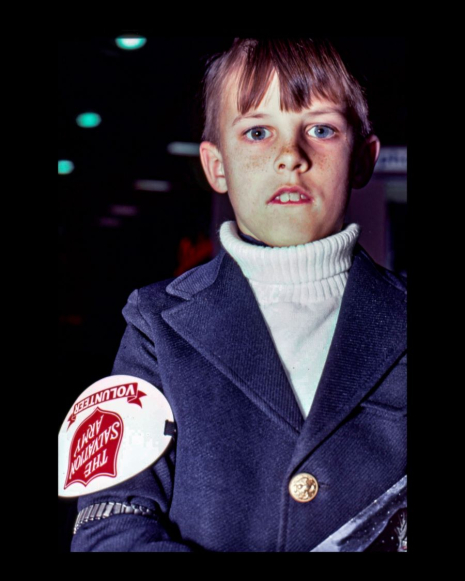
‘Wierdo.’
Scot Sothern grew up in a photographic studio. His old man photographed weddings and portraits. He told him: When you take a portrait of the bride you gotta see her with the same love the groom has for her. It was a lesson Sothern never forgot.
Sothern worked around the studio. He started in the dark room then ended up taking wedding photos. He was expected to take over the family business. Sothern wanted to be a writer or maybe an artist like Andy Warhol.
It was the late 1960s. A time of revolutions. Sexual, social and political. Sothern quit home in Springfield, Missouri and headed for Southern California looking for teenage dreams of sex ‘n’ drugs ‘n’ rock ‘n’ roll. He wasn’t making it as an artist. He wasn’t making it as a writer. Instead of giving up Sothern thought “fuck it, I’ll do whatever I want.” He started taking photographs. Kids making out at the skating rink. Working guys drinking at a bar. White working class people on the periphery. But no one was interested.
In the 1980s, Sothern documented the junkies, winos, and hookers. He followed his “hard-on.” He photographed his subjects with the same love a groom felt for his bride. He shot with a flashbulb or used sunlight. Nothing else. He showed his father his work. He liked the composition, the lighting, the power. The subject matter not so much. His brother thought he was “degenerate”. Sothern’s work said as much about his life as it did about the women and men he was photographing. He wrote the down their conversations. A short story of their lives. Still no one took an interest.

From ‘Low Life.’
1990: Sothern has motor bike accident. He stops taking photographs. He starts writing. But no one’s interested. He returned to photographing the people most politicians want to forget. The poor, homeless, and fucked-up.
It took 40-years for Sothern to get established. 40-years of rejection slips, and sorry this ain’t our kinda shit letters. In 2010, John Matkowsky at the drkrm Gallery in LA put on Sothern’s first solo show Lowlife. At the age of 60, Sothern had arrived.
Over the past decade, Sothern has exhibited across the USA and in Europe. He has published several books and launched a parallel career as a writer. This month, These Days will exhibit two major Sothern exhibitions under the title Generations: Sothern’s earliest personal photographs, Family Tree 1975-1980, and his most recent body of work, Identity both of which “explore time, change, and the multi-directional evolution of America.”
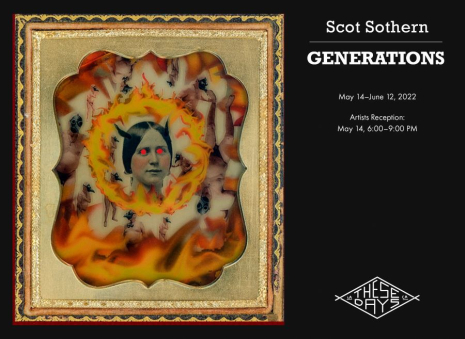
Tell me about your new exhibition ‘Generations’?
Scot Sothern: Well, Generations consists of two different bodies of works. The Family Tree photos were shot nearly fifty years ago and I think the original impetus was all about making my photography something more than portraits and snapshots. I was still in my twenties and mostly running wild, with little respect for the societal norms. I decided the best way to rationalize my lifestyle was to call myself an artist.
The other half of Generations, Identity, comes from looking for something new and wearing my politics on my sleeve. America has changed to a very different place since the Family Tree series, a lot the good of the Baby Boomer generation has decayed or was merely a delusion in the first place. A lot of things got fixed but in general America is fucked-up. I’m inspired by anger and I find I am inspired by younger generations of people who are reclaiming the identities that had been previously been kept in the closets.

‘The Fonz.’
More from Scot Sothern after the jump…






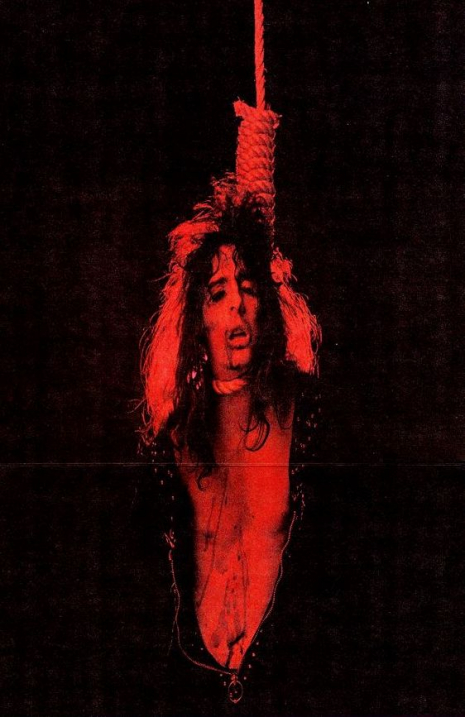
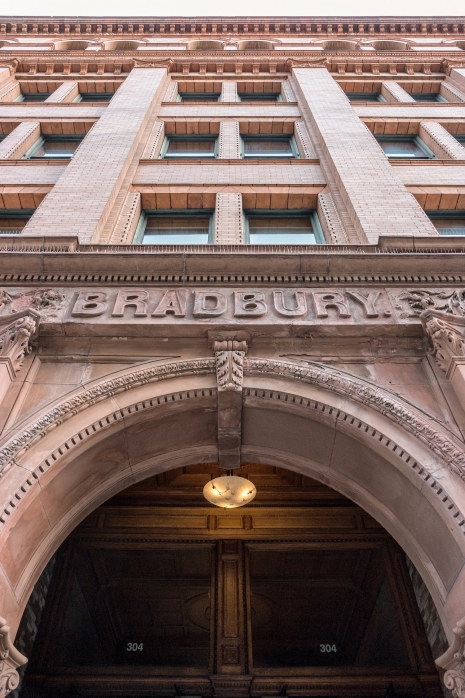


_465_594_int.png)

